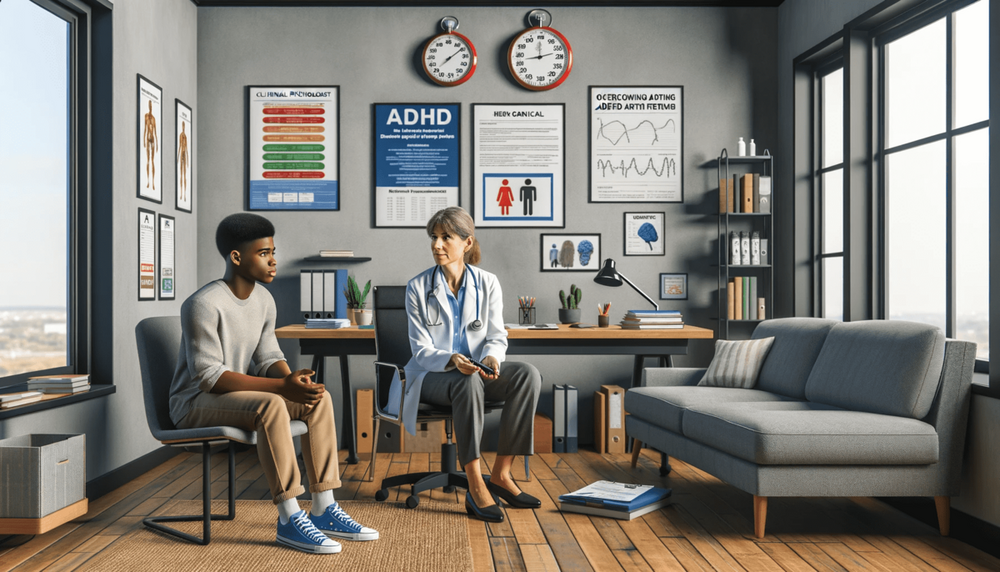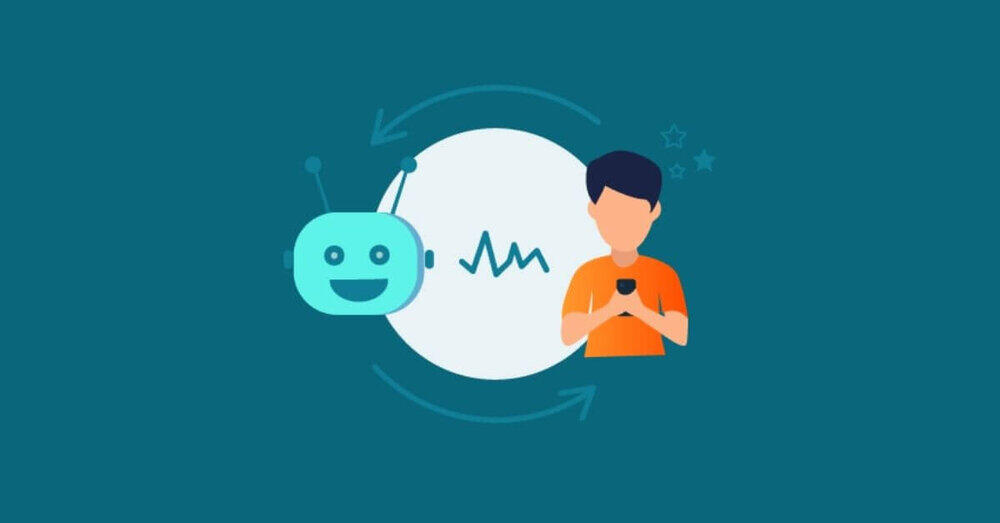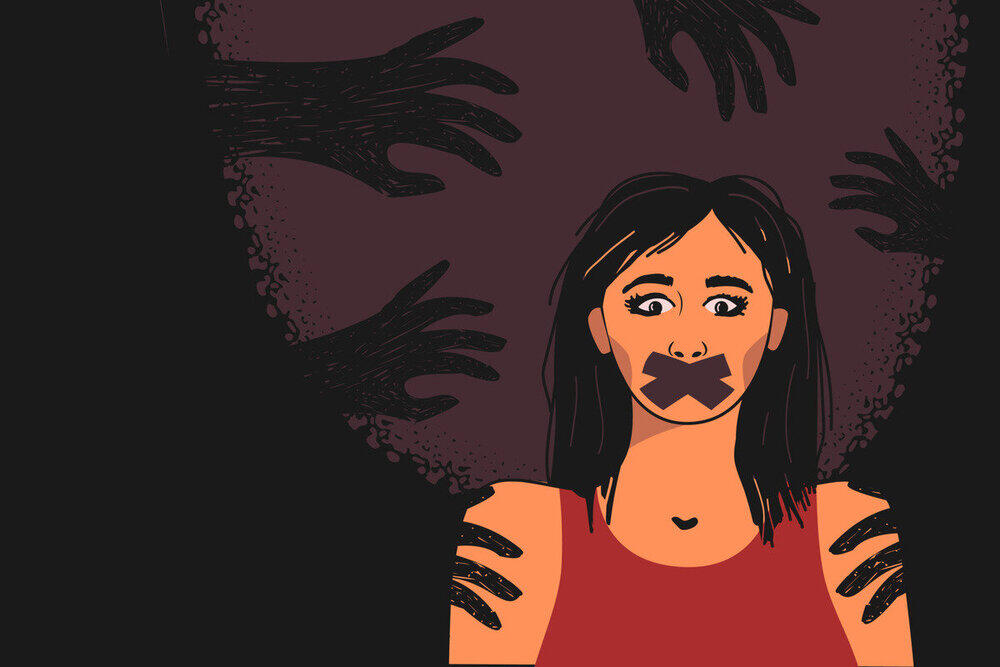
Executive dysfunction is not an isolated condition but a manifestation of various neurological, mental health, and behavioral disorders, including ADHD and depression.

Dr. Adeel Sarwar shares his insights on the challenges faced by parents in getting their children to listen, regardless of their diagnosis.

For clinical psychologists and healthcare professionals, possessing a detailed understanding and the right diagnostic tools is crucial for accurate assessment.

ADHD can be a perplexing condition for adults, often presenting symptoms similar to other mental health issues. As a clinical psychologist, I've helped numerous individuals manage their ADHD symptoms using test and tools at my disposal.

Navigating the complex web of attention deficit hyperactivity disorder (ADHD) symptoms – such as impulsivity, hyperactivity, and inattentiveness – can significantly impact an individual's performance in various aspects of life.

This article has been written with the help of Dr Adeel Sarwar, PhD, Clinical Psychologist. Navigating the world of ADHD testing can be overwhelming. However, obtaining a precise diagnosis and implementing early interventions are essential for effectively managing ADHD symptoms.

In this insightful article, Dr. Adeel Sarwar, Ph.D., a clinical psychologist, shares his expert perspective on the potential benefits and limitations of AI-driven therapy, with a particular focus on ChatGPT, an AI platform developed by OpenAI.

Unraveling the Complexities of Trauma Bonds and the Healing Journey of a Client Named Adrian. Article written from guest author Dr. Bina Convey.